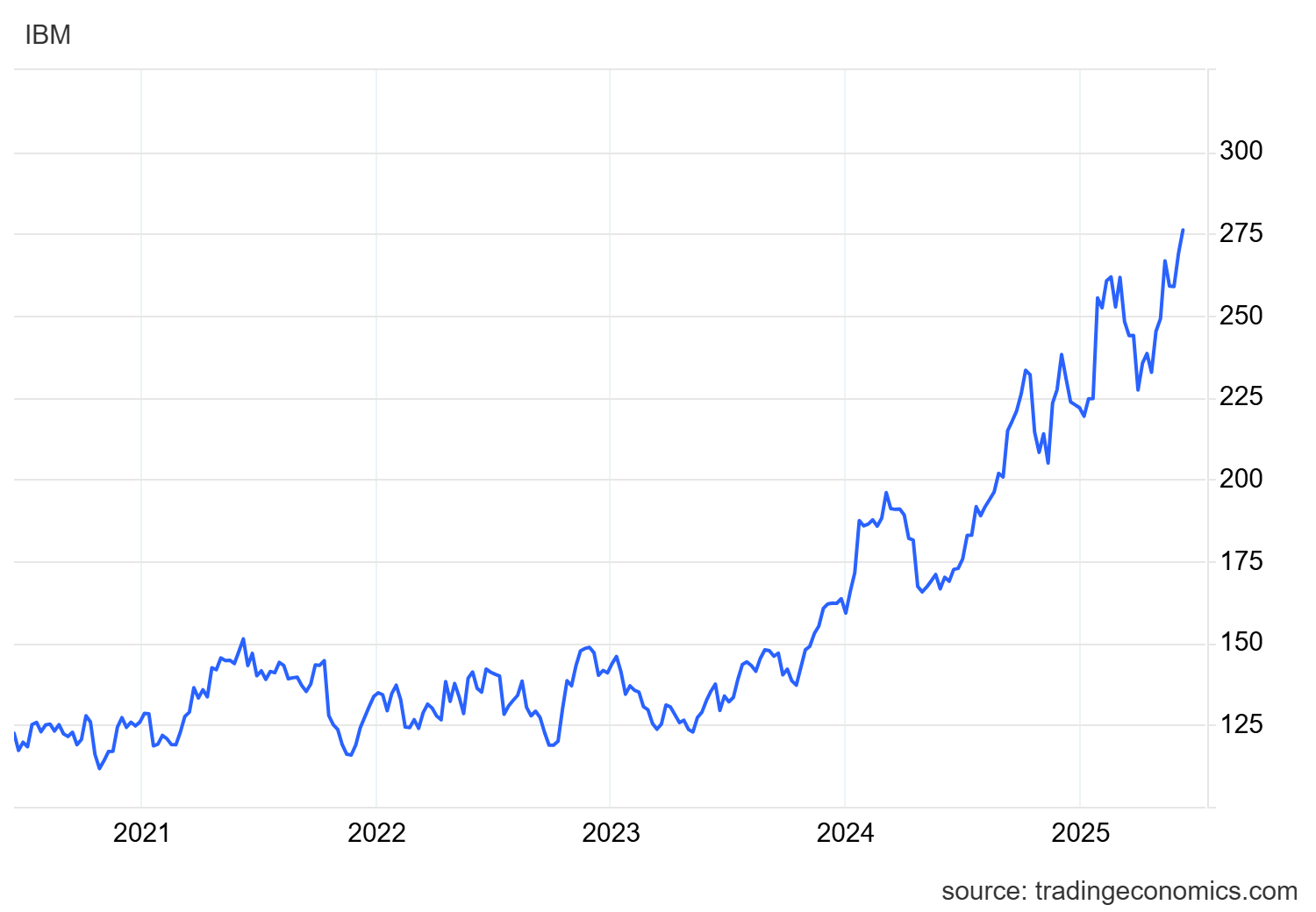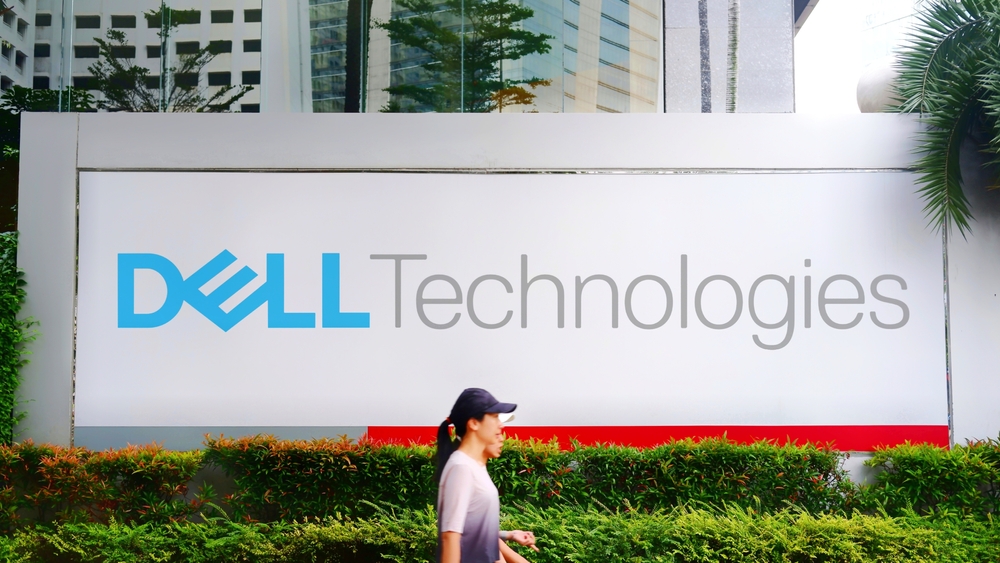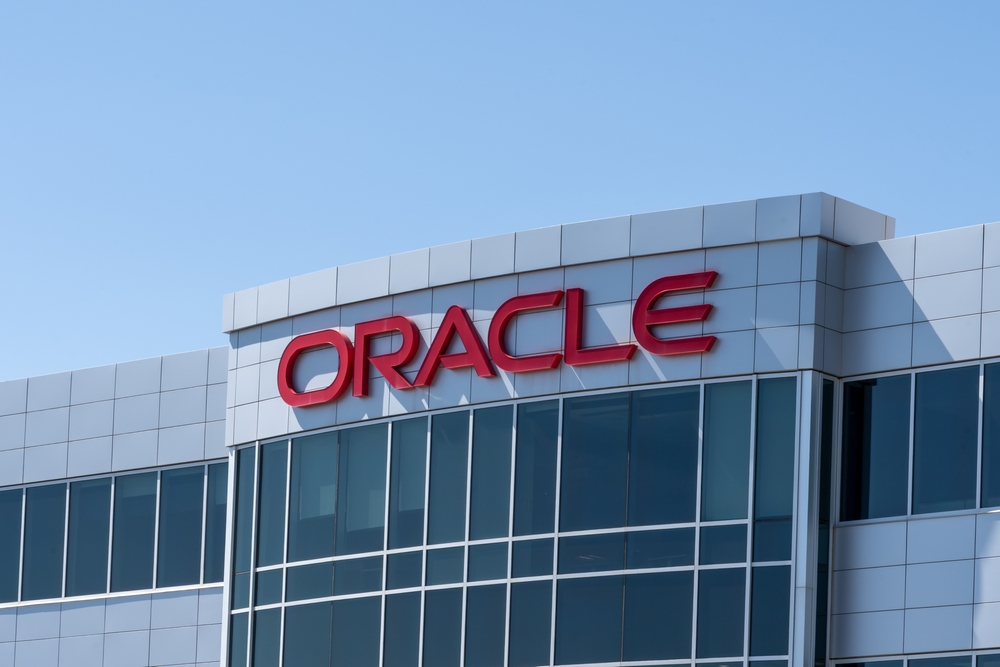
IBM share price performance over the past five years
From a physical dream to reality
Although the development of quantum computers is not new, so far there has been talk among technology enthusiasts mainly about prototypes and experimental systems with limited stability. According to the latest information directly from IBM, the company's ambitions reach even higher, and it plans to transform this technological dream into a practical and reliable reality. The company noted that Quantum Starling is supposed to be a system that executes hundreds of millions of logic gates based on hundreds of qubits, with its main advantage being fault tolerance – the Achilles heel of existing quantum devices.
At first glance, it may seem like a banality, but fault tolerance is a key convenience in the quantum world. Specifically, this means the system's ability to detect and correct errors without spreading further down the circuit. This is what is so crucial when deploying quantum computers in real-world applications, from simulating complex chemical processes to deciphering complex cryptographic algorithms.
The road to 2028
In the official blog post, IBM also revealed a specific Roadmap, which, if fulfilled, will represent a fundamental shift for the entire sector, but ambitious steps also apply to the near future. Already this year, the Quantum Nighthawk will be introduced, a new processor that will replace the existing Quantum Heron, with 5,000 gates, with capacity expected to triple by 2028.
Subsequently, modules with relatively exotic names such as Quantum Loon, Kookaburra and Cockatoo are planned, which are to gradually enable scaling, modularity and finally the full functionality of the Starling system.
IBM vs. Google, Microsoft, Amazon
However, IBM is not the only company with quantum ambitions. Google introduced the Willow chip, Microsoft announced the Majorana 1, and Amazon contributed the Ocelot chip to this race. All these companies are trying to lay the foundations of a new breakthrough in computing, but it is IBM that shows with its open Roadmap, experience in the field of quantum mechanics and its own development ecosystem that this is not just a name contest, but a long-term vision.
Why are investors interested in this?
As such, quantum computers are not intended to be a substitute for classical computers, but a tool for solving problems that are computationally unattainable today. For example, the simulation of new materials, the optimization of complex systems or the breaking of encryption protocols on which the cybersecurity of the entire world is based.
This is an opportunity for investors to enter an area in time that may emerge as a new standalone technology segment in 5-10 years. In addition, IBM is one of the few companies that has a complete chain, from hardware to software to scientific research, which makes it undoubtedly a strategic player.[1]
The quantum future starts today
The announcement about Quantum Starling is not just a PR campaign. It is a clear message that IBM is going beyond laboratory experiments and is preparing for the practical deployment of quantum technologies. It is a challenge for investors to see the sector not just as a distant vision, but as an emerging market where the winners of tomorrow's investment portfolios are born today.[2]
* Past performance is no guarantee of future results.
[1,2] Forward-looking statements are based on assumptions and current expectations, which may be inaccurate, or based on the current economic environment which is subject to change. Such statements are not guaranteeing of future performance. They involve risks and other uncertainties which are difficult to predict. Results could differ materially from those expressed or implied in any forward-looking statements.
Resources:
https://www.cnbc.com/2025/06/10/ibm-quantum-processor-starling-supercomputer.html

.jpg)


